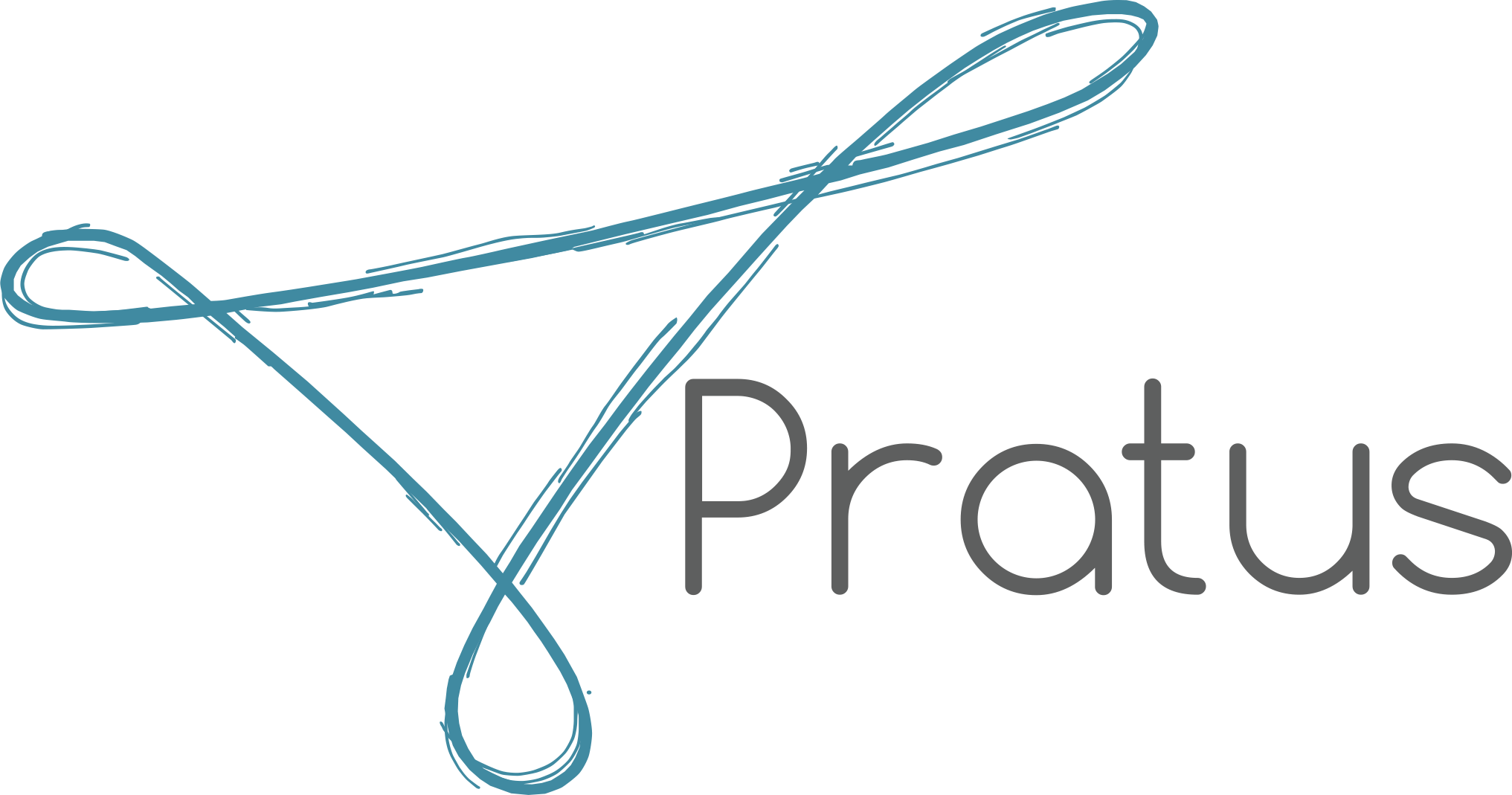Meet Fitwel, the WELL Building Standard's less known (and less expensive) cousin
Many of you I’m sure have heard of the WELL Building Standard (WELL). It was launched in October of 2016 and has quickly become one of the leading international standards for measuring and validating human health and wellness in buildings. The standard is great, it addresses a suite of important human health elements that other rating systems, such as LEED, currently do not. It is research based, third party verified, and has undergone vigorous scientific and technical review. And with seven core concepts that include categories such as Mind, Nourishment, and Fitness it is easy to see that when it comes to what constitutes a green building, we’re not in Kansas anymore.
So, what’s the drawback? Cost. For a 100,000 ft2 New or Existing Building the total cost to register and certify a project with the International WELL Building Institute (IWBI) is $54,000 USD or roughly $70,000 CAN. This is approximately 3.5x the price of registering and certifying the same building under LEEDv4 Building Design and Construction (BD+C). And unlike LEEDv4 BD+C, where certification is a one-time thing, WELL requires that you re-certify every 3 years, tacking on additional expense. For many building owners, developers, designers, and occupants the cost of the rating system puts it out of their reach. So what is the solution? Introducing.....Fitwel.
Like WELL, the Fitwel system focuses on health behaviours of building occupants, and their related risks. It is an evidence-based standard, developed by The Centers for Disease Control and Prevention. The standard shares many of the same health and wellness principles as WELL, however it is significantly less onerous to pursue and significantly less expensive. The standard is applicable for workplaces, whole buildings and multi-residential buildings, and there are no prerequisites, so projects are not automatically precluded from attempting certification due to pre-existing conditions. What’s even better? No matter the project size, the cost of registration is $500 USD, and the cost of certification is $6,000 USD. So, for that 100,000 ft2 building we were talking about above, you’re looking at $6,500 USD or approximately $8,400 CAN, total.
By no means is Fitwel as vigorous as WELL, but it does check a lot of the right boxes. It is a high impact, low cost approach to pursuing health and wellness for building occupants that offers considerable value. And having recently partnered with BOMA Canada (June 2017) to break into the Canadian market, I think it’s safe to say that WELL’s less known cousin won’t stay that way for long.

